Introduction
On the eve of June 17, 2025, the financial landscape in the U.S. is being shaped by a confluence of key developments in interest rate policy, consumer sentiment, and inflation trends. As the Federal Reserve adopts a measured tone following its latest policy meeting, personal finance behavior among Americans shows evidence of shifting in response to softer inflation and rising economic uncertainty.
Fed Holds Interest Rates but Signals Possible Easing Later This Year
On June 12, 2025, the Federal Open Market Committee (FOMC) chose to keep the federal funds rate steady at 5.25%–5.50% for the fifth consecutive meeting. While the decision met expectations, the accompanying statement was notable for signaling a more dovish stance for the remainder of the year.
Federal Reserve Chair Jerome Powell told reporters, “The inflation data have moved in the right direction, but we are not yet confident enough to begin loosening policy. That said, if the disinflationary process continues, we could contemplate cuts in the second half of 2025.”
Context: The May Consumer Price Index (CPI), released on June 11, showed headline inflation slowing to 2.8% year-over-year, its lowest level since early 2022. Core CPI, which excludes volatile food and energy costs, also eased to 3.1%.
Inflation Cools Further, But Economic Growth Faces Headwinds
The latest inflation report showed a continued deceleration in consumer prices, particularly in housing and used vehicles. Gasoline prices fell 1.6% month-over-month, while rent increases moderated to their slowest pace in 18 months.
However, lower inflation has coincided with signs of slowing consumer demand. According to the U.S. Department of Commerce, May retail sales rose just 0.1%, missing economists’ expectations. Online sales and discretionary categories such as apparel and electronics showed stagnation, hinting at cautious consumer behavior.
Personal Finance Trends: Americans Save More, Spend Less
Amid economic uncertainty and high interest rates, households are adjusting. According to JPMorgan Chase’s consumer trends panel, savings deposits are ticking up for the first time in 12 months, while credit card balances are stabilizing after rapid growth in 2023–2024.
“We’re seeing a shift toward financial prudence,” said Amanda Reyes, Chief Economist at Calyx Insights. “Many families are holding off on big purchases, increasing emergency fund savings, and paying down high-interest debt where possible.”
Meanwhile, demand for fixed-income investment vehicles — such as high-yield savings accounts and short-term Treasury bills — has risen among retail investors seeking safer, low-risk returns in the 5%+ range.
Consumer Confidence Drops as Labor Market Softens
The University of Michigan’s June Consumer Sentiment Index, released June 14, fell to 62.0 from 67.4 in May — the lowest reading since December 2023. The report cited concerns over job security and rising household expenses as key factors weighing on optimism.
Although the U.S. labor market remains relatively robust, job openings have decreased to a two-year low, and wage growth has decelerated to 3.3% annually, according to the Bureau of Labor Statistics.
What It Means for Everyday Americans
- Borrowing Costs Remain High: Mortgage rates hover around 6.75%, limiting home affordability and refinancing activity.
- Savings and Investments: Savers are benefiting from elevated yields, but volatility in equity markets has nudged many towards cash and fixed-income products.
- Employment Still Strong — For Now: While layoffs are not widespread, some sectors (particularly tech and retail) have begun trimming headcount.
Expert Takeaways
“While inflation is cooling, the downside is fading economic momentum,” said Mark Lieberman, Senior Policy Analyst at BankNorth Research. “The Fed is walking a tightrope — they want to tame inflation without derailing consumer spending, which underpins much of our economic growth.”
Financial advisor Clara Yun of SagePath Wealth added, “Now is a good time for individuals to review budgets, shore up emergency savings, and avoid taking on new debt unless absolutely necessary. In this climate, financial flexibility is more valuable than ever.”
Looking Ahead
With the next Fed meeting scheduled for July 31, markets will be closely scrutinizing upcoming economic reports, including June job data and the next CPI update on July 10. Any significant surprises could influence the path of interest rates and consumer sentiment alike.
For now, Americans appear to be tightening their belts, waiting to see whether the cooling inflation will turn into a more sustainable recovery — or a warning sign of a broader economic slowdown.

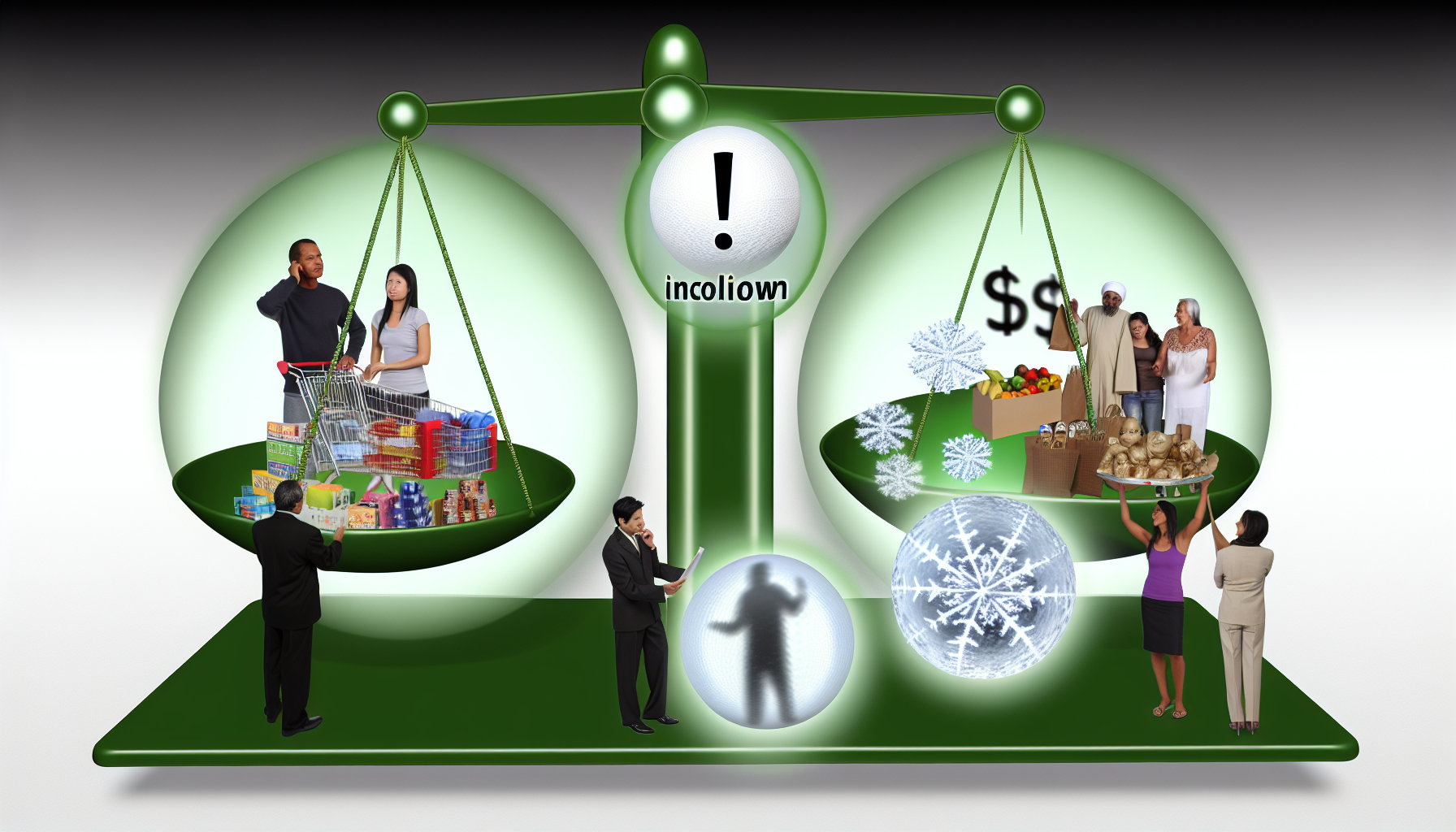



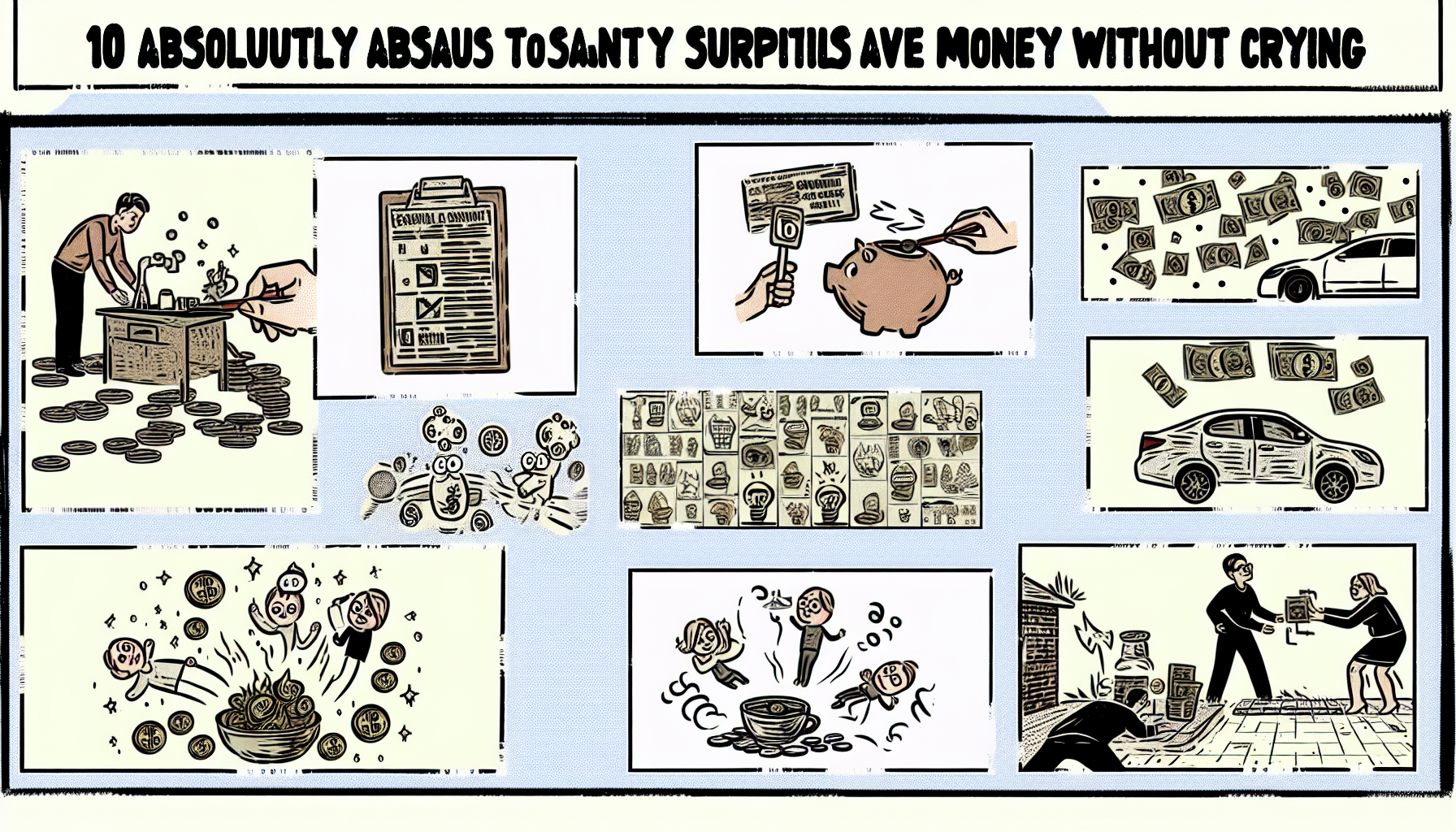


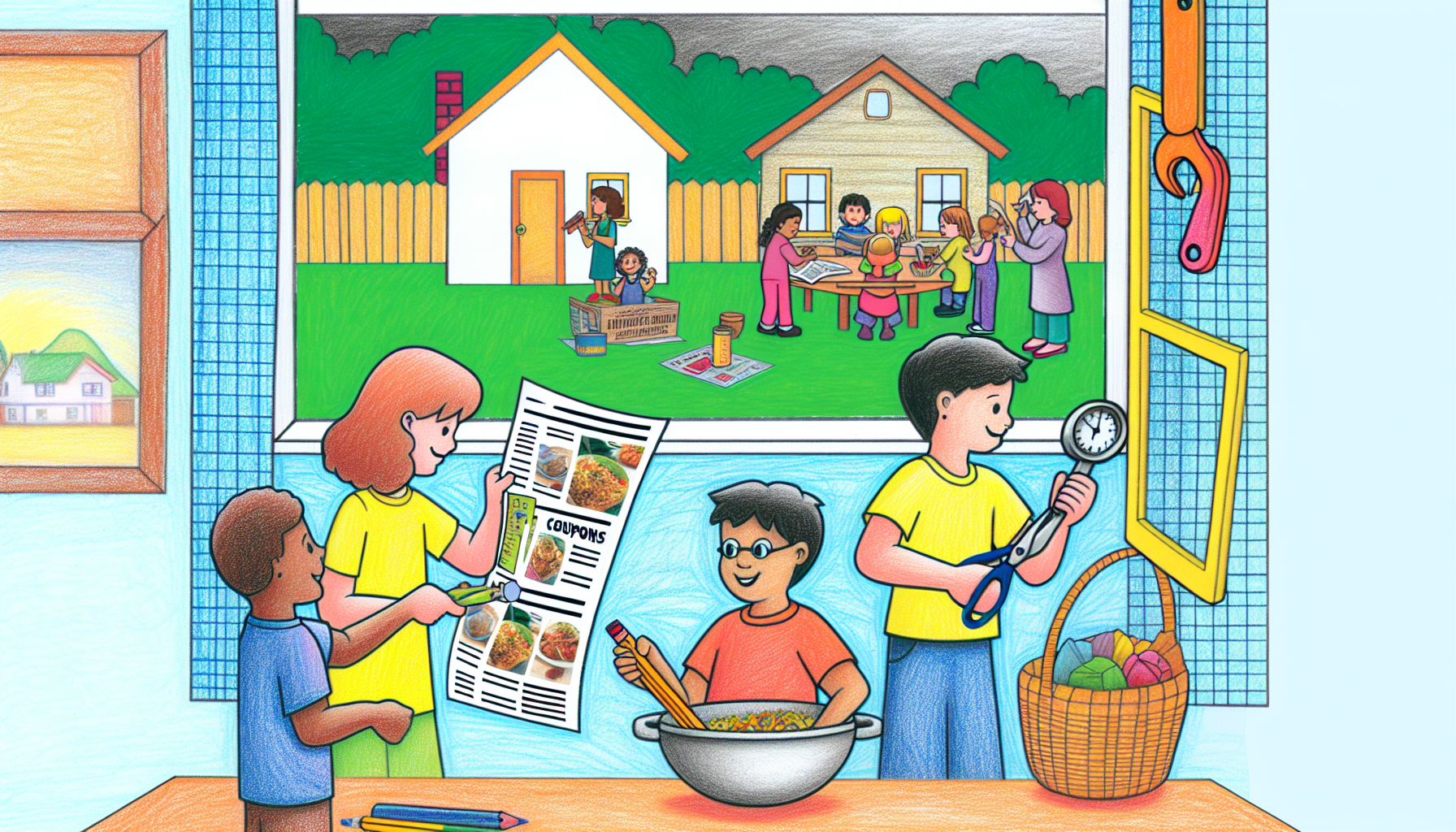



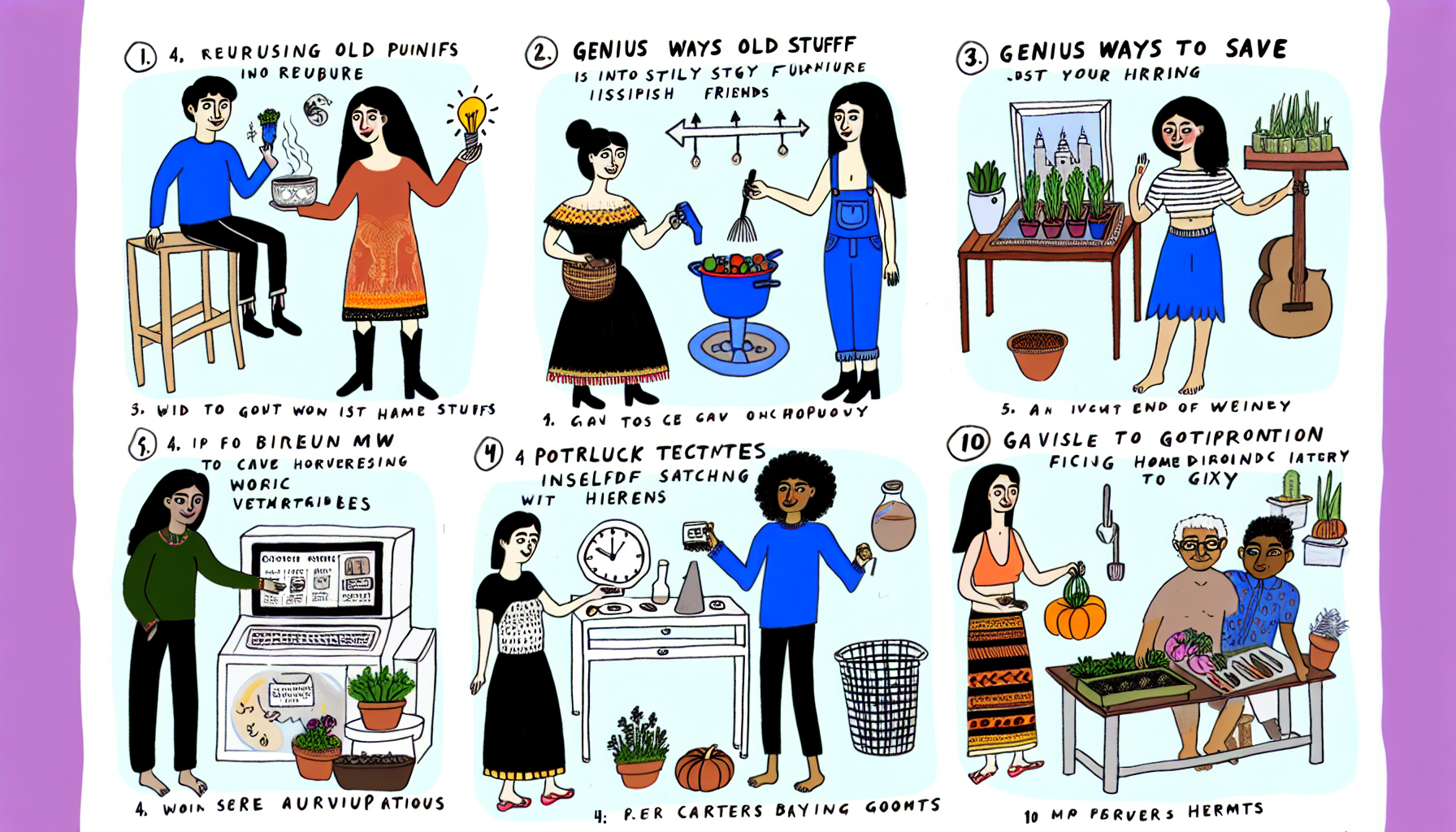
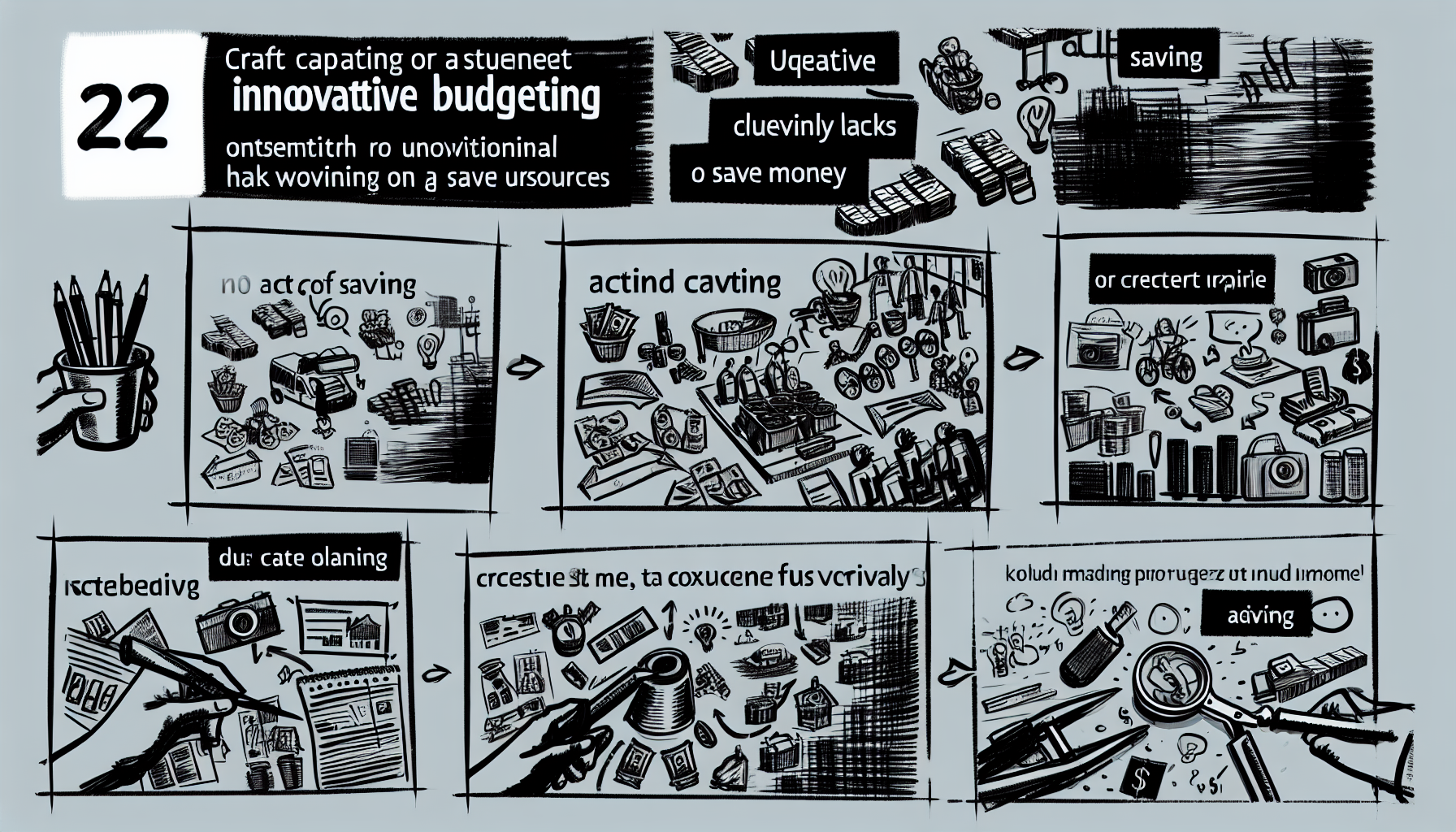
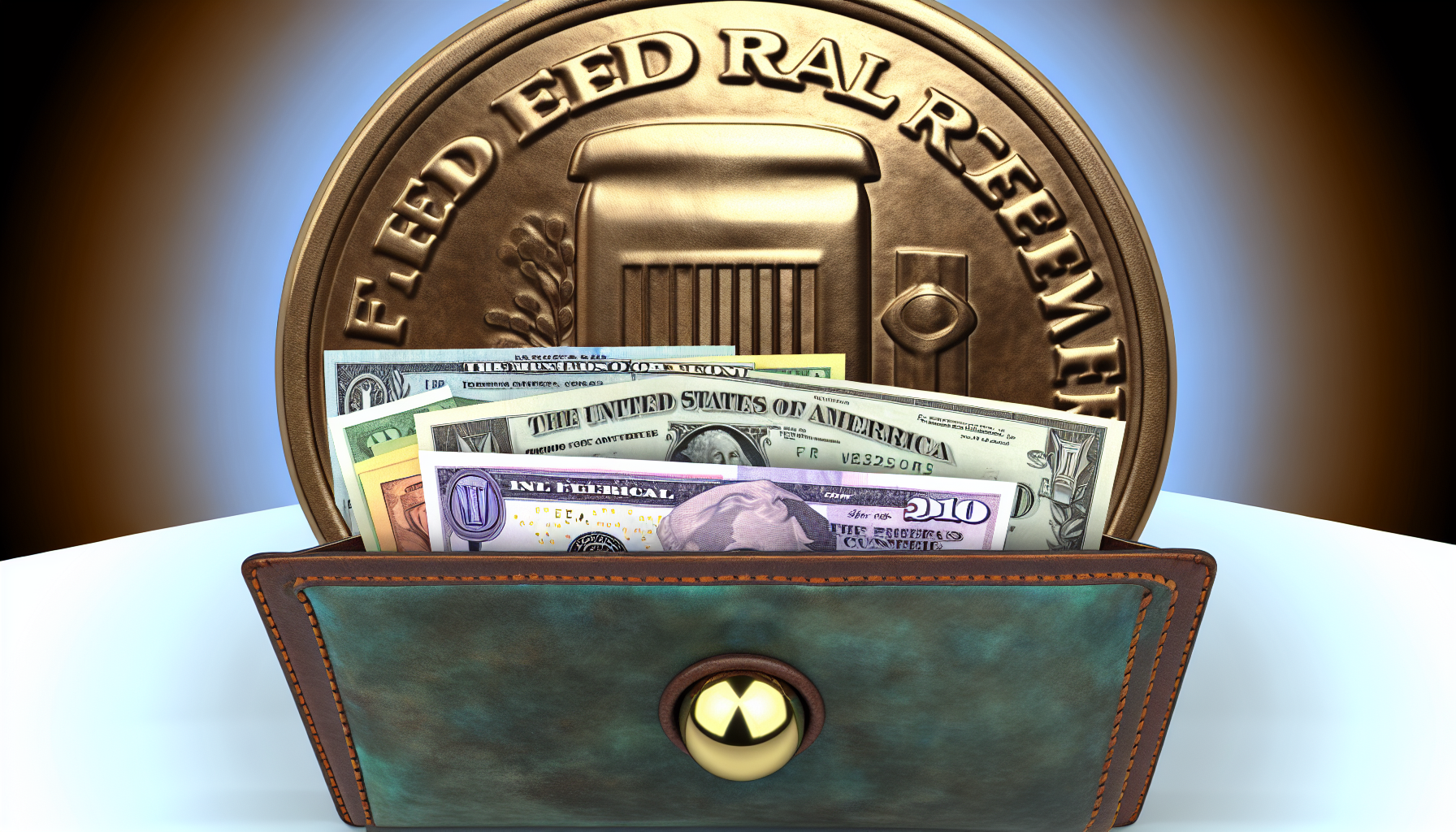
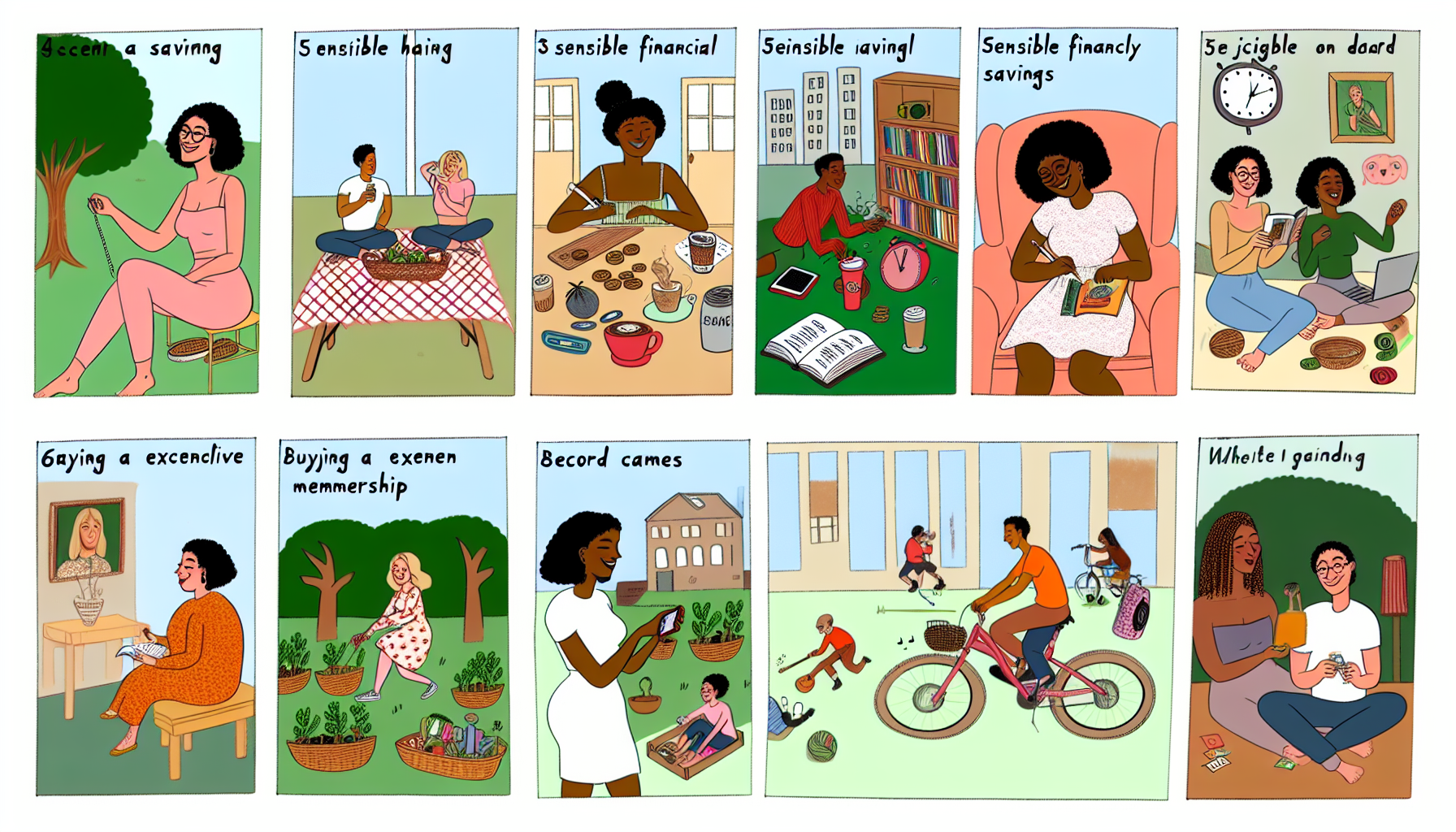


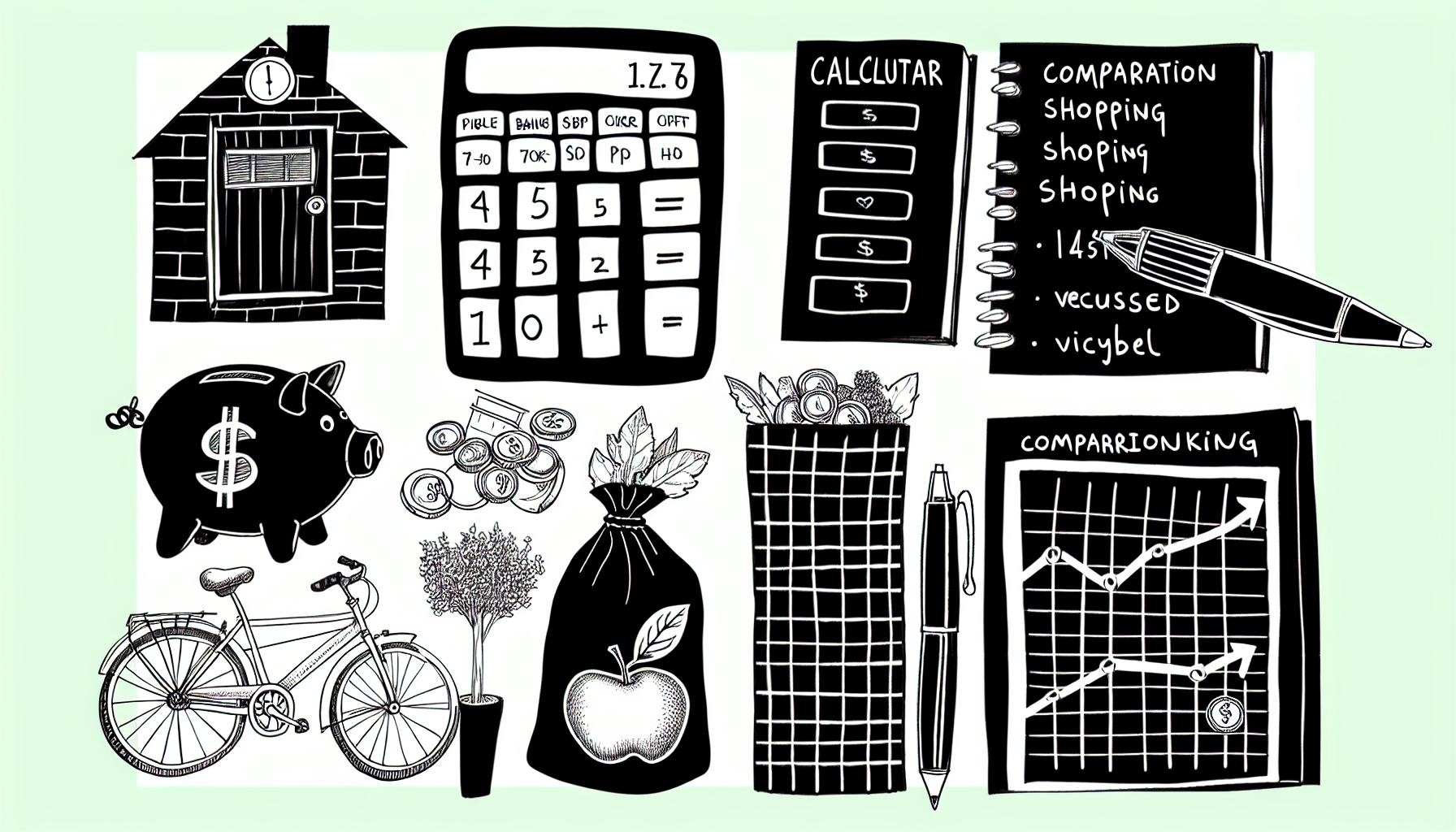


Leave a Reply